Work-from-Home Productivity: Top Tips for Staying Focused & Getting Things Done
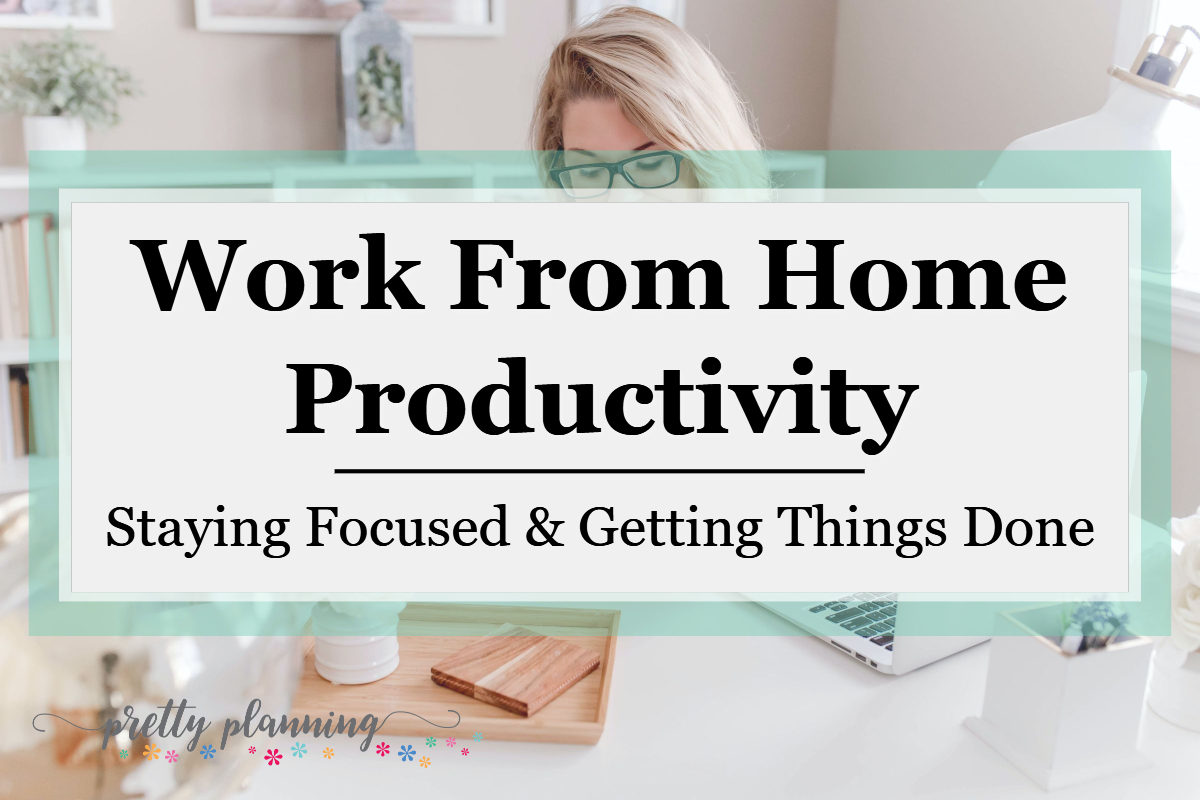
Let’s be real - working from home sounds like a dream until you realize how easy it is to get distracted. One minute, you’re sitting down to start your workday, and the next, you’re knee-deep in a laundry-folding session, rearranging your bookshelf, or getting lost in a TikTok rabbit hole.
If that sounds familiar, you’re not alone! Working from home requires a bit of strategy to stay productive without burning out. The good news? You can absolutely find your rhythm with the right habits in place. Here’s how to set yourself up for success - complete with real-life ways to make these tips work for you.
Create a Dedicated Workspace (That You Actually Love)
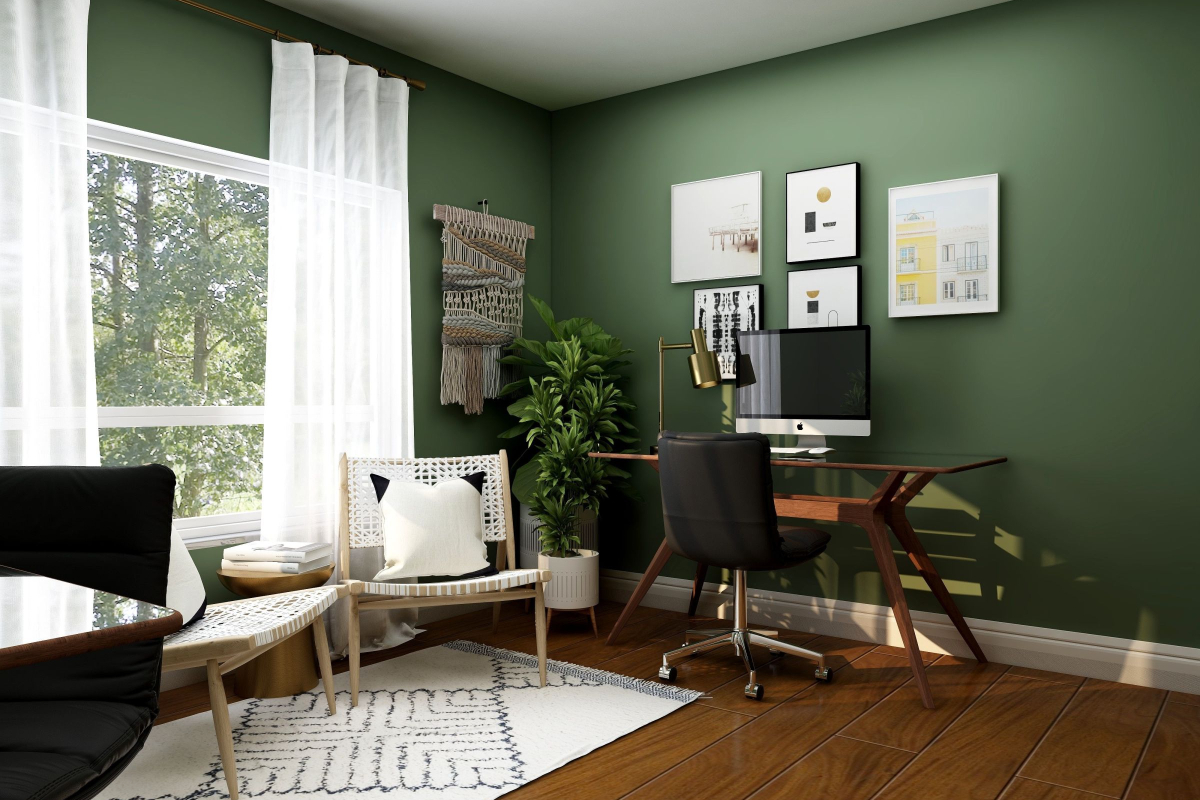
Working from the couch might seem cozy, but it can wreak havoc on your focus, productivity, and even your posture. If you don’t have a separate office, that’s okay! The key is to designate a specific spot that signals to your brain: this is where work happens.
- Find a quiet corner where you can set up a small desk or table.
- Add a comfortable chair - your back will thank you!
- Personalize your space with a lamp, a plant, or motivational decor to make it inviting.
Instead of working from your bed (which makes it hard to separate work from relaxation), set up a small desk in the corner of your bedroom with a cozy lamp and a vision board for inspiration. Now, when you sit there, your brain knows it’s time to focus.
Stick to a Morning Routine

When you work from home, it’s tempting to roll out of bed and start checking emails in your pajamas. But without a structured morning, you might feel sluggish and unmotivated. A solid morning routine helps you start your day with energy and intention.
- Wake up at the same time every day (no more snoozing five times!).
- Get dressed—even if it’s just swapping pajamas for comfy loungewear.
- Do a quick stretch or have a mindful moment before jumping into work.
Instead of waking up and immediately reaching for your phone, start your day with a 10-minute stretch, a cup of coffee, and writing out your top three priorities. You'll be way more focused by the time you sit at your desk.
Use the Pomodoro Technique to Stay Focused

Ever sit at your desk for hours and somehow get nothing done? You’re not alone! The Pomodoro Technique is a game-changer - it involves working in short, focused sprints with planned breaks to keep your energy up.
- Set a timer for 25 minutes and work on one task without distractions.
- Take a 5-minute break to stretch, grab a snack, or rest your eyes.
- Repeat 4 rounds, then take a longer break (15–30 minutes) to recharge.
Instead of staring at your screen for three hours straight, work in 25-minute sprints with short breaks in between. You'll find that you get more done without feeling overwhelmed.
Set Boundaries with Family & Friends
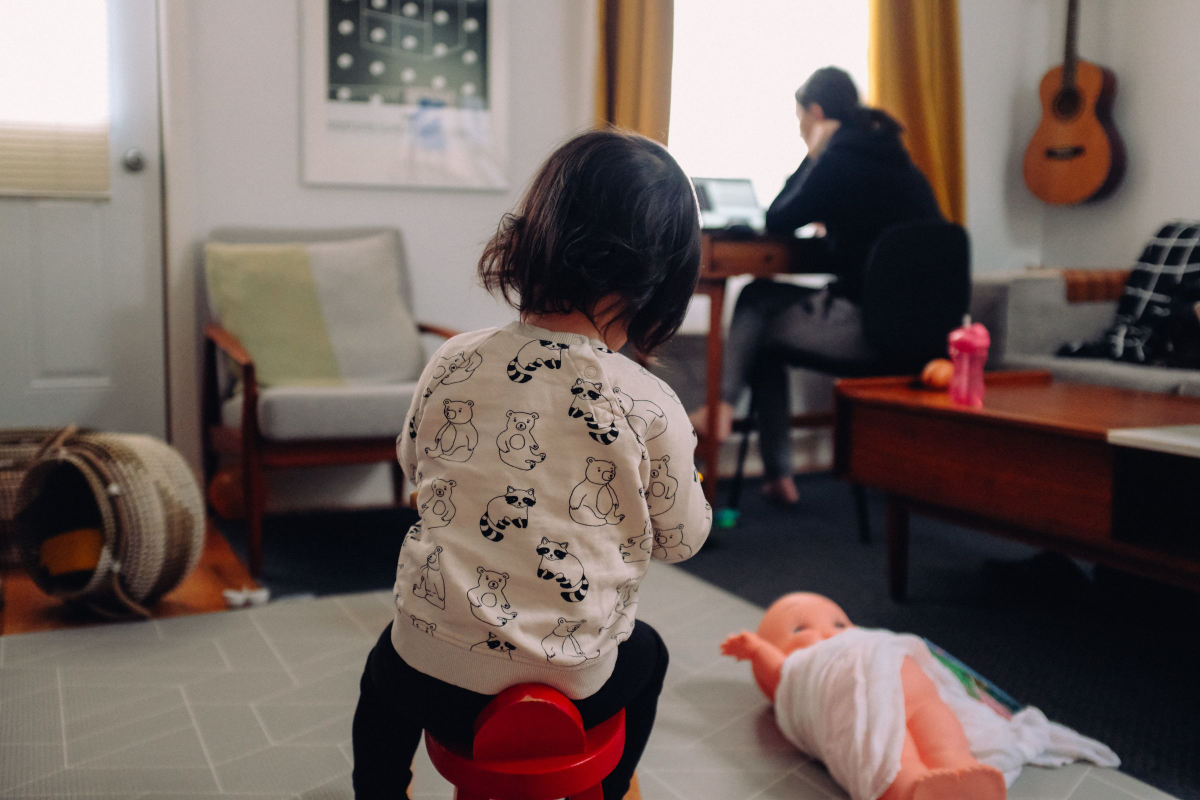
When you work from home, some people assume you’re always available. Whether it’s your mom calling for a “quick chat” or a roommate interrupting with a random question, these small distractions add up. Setting clear boundaries helps you stay focused and protect your time.
- Communicate your work hours to family and friends.
- Use visual signals like closing your door or wearing headphones when you’re in work mode.
- If needed, schedule a set time for personal calls and chats.
Instead of getting frustrated when your partner keeps interrupting you, have a conversation about your work schedule. Now, they know that when your door is closed, you’re in focus mode—but you’ll be available to chat during lunch.
Plan Your Day with a To-Do List
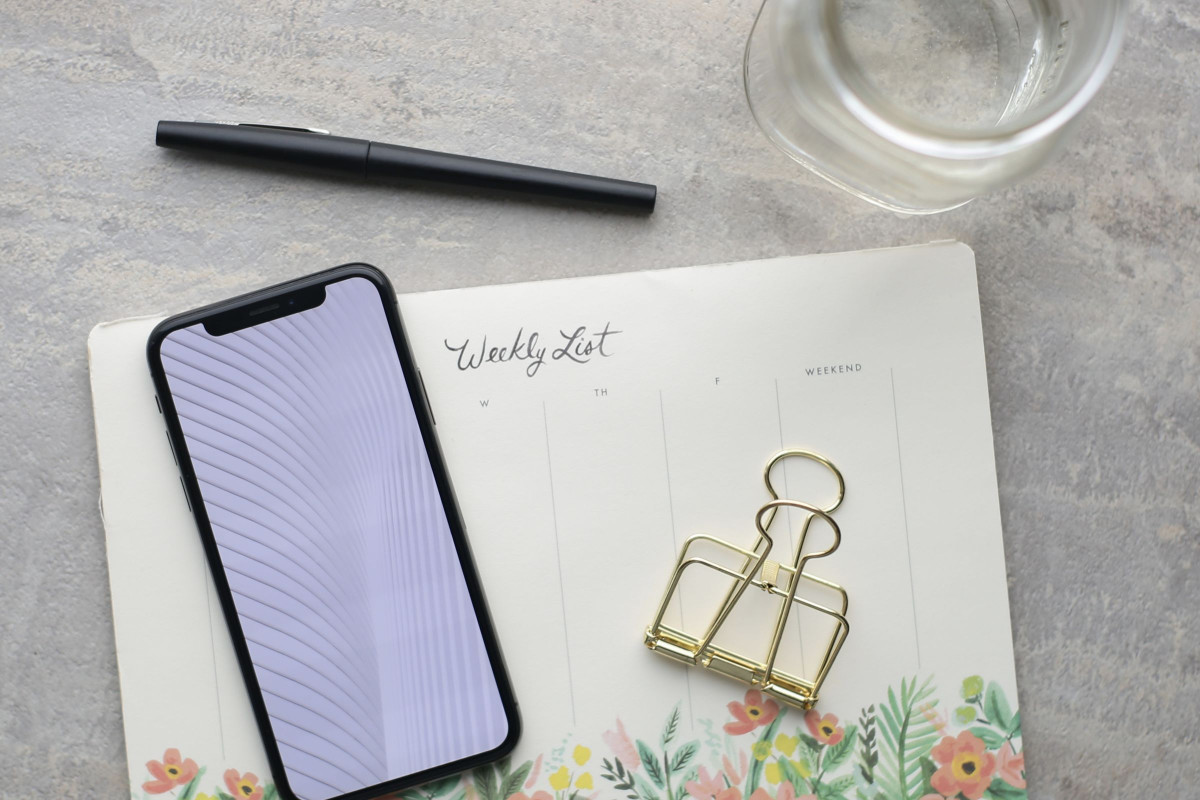
Starting your day without a plan can lead to wasted time and unnecessary stress. A simple to-do list gives you direction and helps you prioritize what actually matters.
- Write down your top 3 priorities for the day.
- Break bigger tasks into smaller, manageable steps.
- Use a planner, digital app, or sticky notes—whatever works best for you.
Instead of aimlessly checking emails in the morning, you check your planner and see your top three priorities:
- Finish writing an article
- Send client follow-ups
- Prepare for tomorrow’s meeting
Take Intentional Breaks

Taking breaks might seem counterproductive, but the right kind of breaks can actually improve your focus and prevent burnout. The key is to make them intentional - not an accidental two-hour social media scroll.
- Step away from your screen - take a walk, do some stretches, or grab a snack.
- Set a break timer so you don’t get lost in distractions.
- Do something enjoyable. Read a chapter of a book, meditate, or make tea.
Instead of pushing through exhaustion, you take a 10-minute walk outside during lunch. When you come back, you feel refreshed and ready to tackle your afternoon tasks.
End Your Workday with a Shutdown Routine
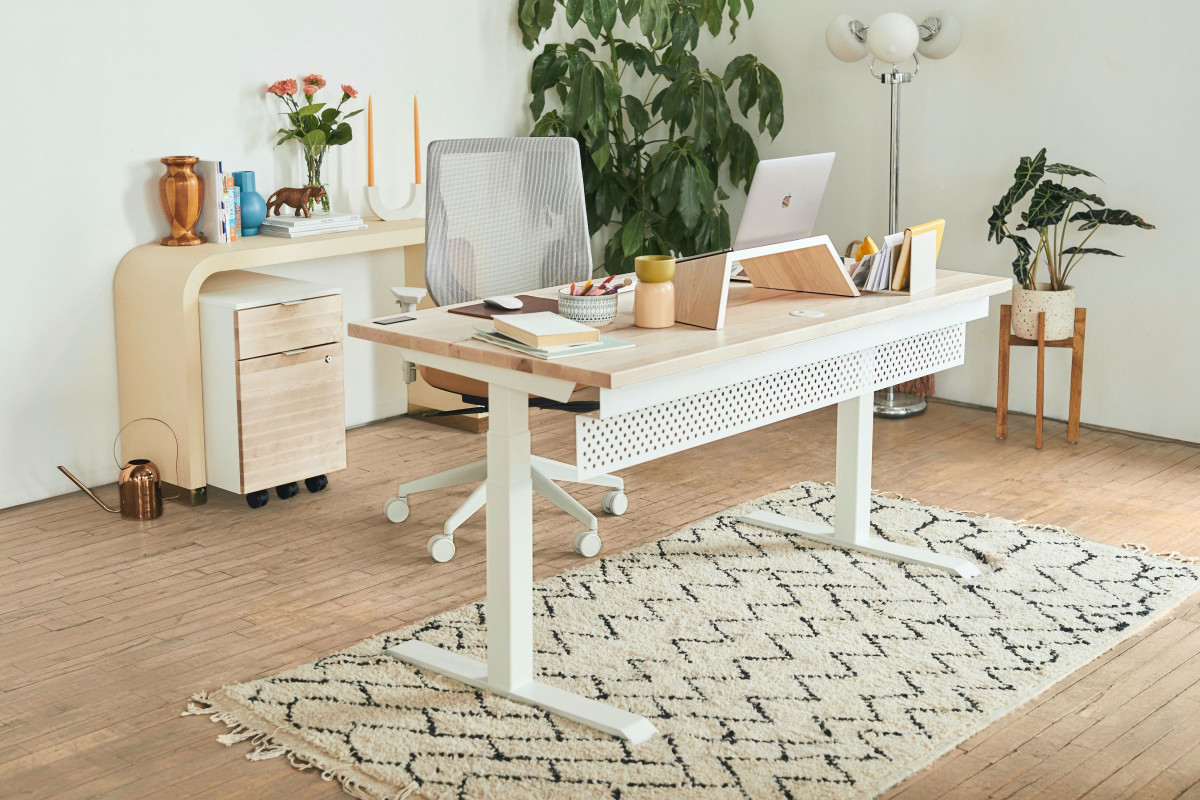
One of the hardest parts of working from home? Knowing when to stop working. Without a clear end to your day, you might find yourself checking emails at 10 PM or thinking about work when you should be relaxing. A shutdown routine helps you mentally "clock out" so you can enjoy your evening.
- Close all work tabs and shut down your computer - yes, actually shut it down!
- Write your to-do list for tomorrow so you’re prepared.
- Do something that signals the end of the workday—change clothes, go for a walk, or light a candle.
Instead of checking emails after dinner, you log out of work apps, close your laptop, and change into comfy clothes. Your brain finally understands that the workday is over!
Find What Works for You
Productivity isn’t about working more - it’s about working smarter. The key is to find a routine that helps you stay focused while maintaining a healthy work-life balance.

